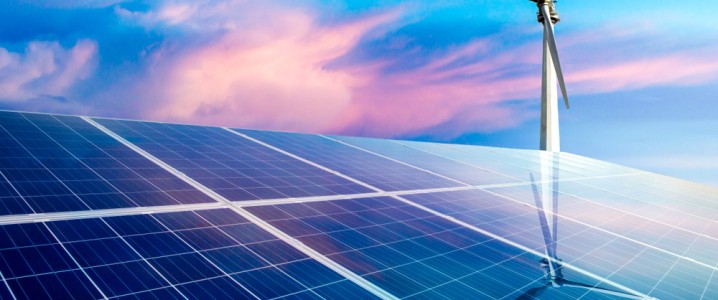
Former President Donald Trump has announced plans to potentially halt approvals for new wind and solar energy projects, claiming these initiatives contribute to rising electricity prices. In a statement shared on social media platform Truth Social, he criticized states that have adopted these renewable energy sources. “Any State that has built and relied on WINDMILLS and SOLAR for power are seeing RECORD BREAKING INCREASES IN ELECTRICITY AND ENERGY COSTS. THE SCAM OF THE CENTURY!” he stated, emphasizing his commitment to revising the current energy landscape in the United States.
Trump’s remarks come shortly after the decision by Agriculture Secretary Brooke Rollins to ban the installation of solar panels on prime farmland. In a post on X, Rollins expressed concerns about the impact of solar developments on agricultural land, stating, “Millions of acres of prime farmland are left unusable so Green New Deal subsidized solar panels can be built. This destruction of our farms and prime soil is taking away the futures of the next generation of farmers and the future of our country.”
Concerns Over Renewable Energy Impact
The former president has long been skeptical of both wind and solar energy, citing issues such as bird fatalities, noise pollution, and environmental degradation. During his presidency, one of his first actions was to prohibit offshore wind power installations. His current stance indicates a continued opposition to both onshore and offshore renewable projects.
According to the Energy Information Administration, despite these challenges, approximately half of the new electricity generation capacity added in the United States this year may come from solar power. This growth in renewable energy capacity has occurred alongside rising electricity prices, raising questions about the long-term viability of these projects.
As demand for electricity surges, particularly with the growth of data centers across the nation, the urgency for new generation capacity has increased. In response, the U.S. Department of Energy is planning to expand natural gas and nuclear power resources as alternatives to wind and solar energy. Critics argue that these energy sources require significantly more time to develop compared to renewable installations, particularly solar.
Future of Renewable Energy in the U.S.
The landscape for wind and solar developers has become increasingly challenging since Trump’s administration, particularly after the passage of the One Big, Beautiful Bill, which limited subsidies for renewable energy projects. Developers are now faced with a critical deadline: by 2027, they will need to secure private funding and complete construction without federal support.
The emerging conflict over energy policies highlights the broader debate surrounding climate change and energy independence. While some advocate for a swift transition to renewables, others underscore the economic implications and potential disruptions to existing industries. As the energy landscape continues to evolve, the future of wind and solar projects in the United States remains uncertain.
In summary, Trump’s recent threats to halt wind and solar approvals reflect a significant shift in energy policy that could impact both the economy and the environment. The ongoing debate over the viability of renewable energy sources versus traditional fossil fuels will likely shape the direction of U.S. energy strategy in the coming years.






